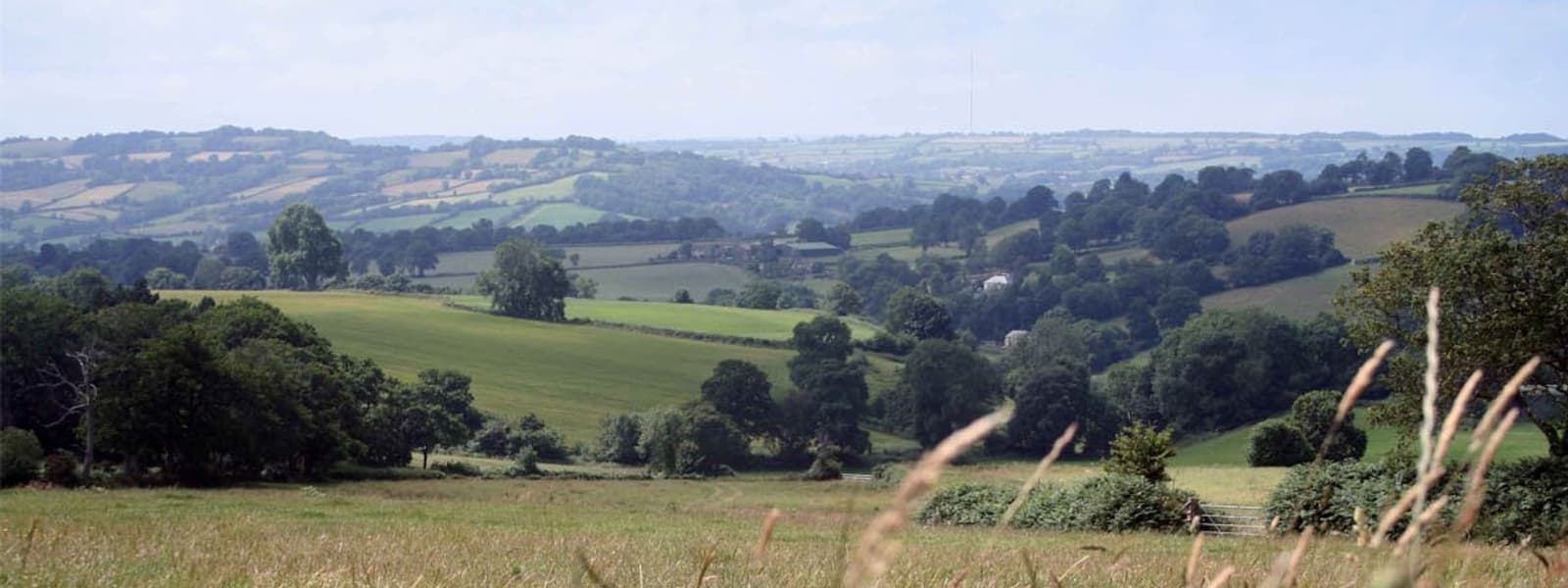What are the costs for Protected Landscapes to protect 30% (or more) of land for nature by 2030?
For World Environment Day we published a new briefing on the costs needed for England's Protected Landscapes to restore nature and meet crucial national and international targets.
A recognition of the importance of nature recovery, as an end in itself but also for the well documented societal benefits it brings - nature based solutions are often the most cost effective way to solve key issues like drought and flooding, and access to beautiful green and blue spaces is evidenced to improve mental and physical health reducing the healthcare bill – has brought a swathe of targets welcomed by protected landscape teams and nature organisations.
But what looks simple on paper hides a huge amount of detail…
The UN Leaders’ Pledge requires that signatory countries protect 30% of land and sea for nature by 2030 (30by30), but what does managed for nature mean? What counts? The Protected Landscapes Targets and Outcomes Framework (PLTOF) drives nature restoration to meet Environmental Improvement Plan targets in Protected Landscapes. But how do the two marry up?
Bruce Winney of the National Landscapes Association and Leo Fisher of the Protected Landscapes Partnership have crunched the numbers, examining what would be needed to bring existing nature sites under relevant management and how much land would need to see a change of use with habitat creation and, critically, the cost to deliver.
Step 1 to hit the target: Protected Landscapes teams already have the skills, expertise and will to support delivery of the targets, and recognise that in order for England to reach the 30% target, these areas will need to account for a greater percentage of land effectively managed for nature.
Step 2: We have a strong track record in sourcing funding and then delivering evidence-based habitat creation and restoration work.
Step 3: This briefing gives us clarity, showing what we need to meet the targets on the ground.
Step 4: We now need to be able to significantly scale up our proven work.
Check out the briefing for the detail.
